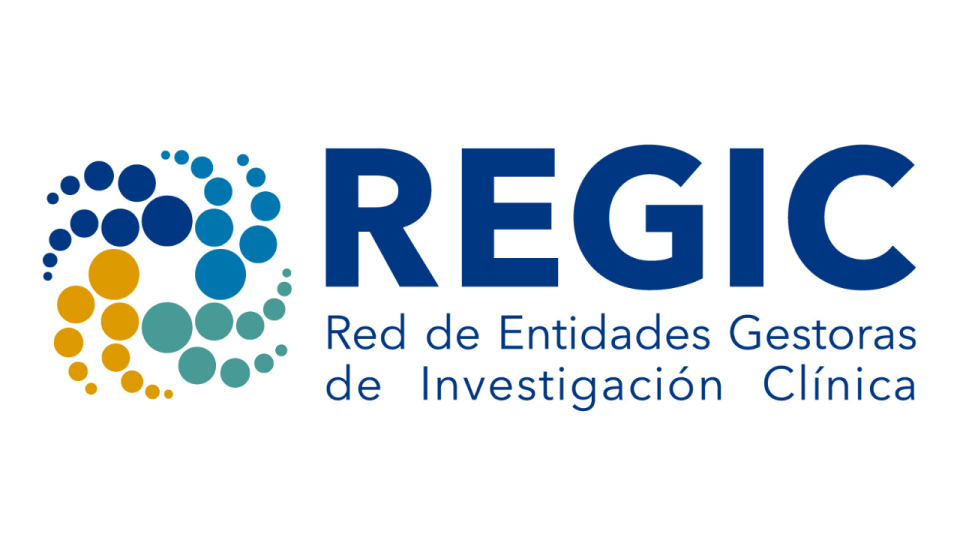Anxiety disorders are the most common group of mental disorders and include panic, generalized anxiety, social anxiety, and specific phobias. Cognitive-behavioral therapy is the treatment of choice for this type of disorder; however, only half of patients show major improvement.
Now, an international group of scientists, led by Miquel Àngel Fullana and Joaquim Radua, researcher and leader of the IDIBAPS group Imaging of mood- and anxiety-related disorders (IMARD), respectively, and Carles Soriano-Mas, of the Bellvitge Biomedical Research Institute (IDIBELL), all of whom are researchers of the Mental Health CIBER (CIBERSAM), have reported that the activation of specific neural circuits is indicative of a good response to cognitive-behavioral therapy.
The results, published in the journal Psychological Medicine, show that people with greater improvement of the anxiety disorder after therapy present greater activation, before therapy, of the brain regions that make it possible to identify highly important stimuli in the environment. That is, they are able to clearly distinguish, for example, between stimuli that indicate a potential risk and stimuli that do not provide information. Furthermore, these people also have more active brain regions that allow them to be aware of the physiological effects that these stimuli cause.
The researchers note that “knowing the degree of activation of these brain regions before beginning cognitive-behavioral therapy will enable us to improve the clinical management of these patients, as we will be able to predict the effectiveness of the intervention”. And they add, “in the future, these markers, in combination with others, will enable us to provide more personalized and effective treatment of mental disorders”.
To carry out this study, the researchers reviewed the results of functional magnetic resonance imaging studies of the brains of almost 450 patients with anxiety, from 17 prior studies. The analyses carried out now using these data made it possible to link the activity of different brain regions while performing different tasks with emotional components with the reduction in anxiety symptoms after cognitive-behavioral therapy.
Reference article
Maria Picó-Pérez, Miquel A. Fullana, Anton Albajes-Eizagirre, Daniel Vega, Josep Marco-Pallarés, Ana Vilar, Jacobo Chamorro, Kim L. Felmingham, Ben J. Harrison, Joaquim Radua, and Carles Soriano-Mas. Neural predictors of cognitive-behavior therapy outcome in anxiety-related disorders: a meta-analysis of task-based fMRI studies. Published online by Psychological Medicine (Cambridge University Press): 11 January 2022, pp. 1-9




